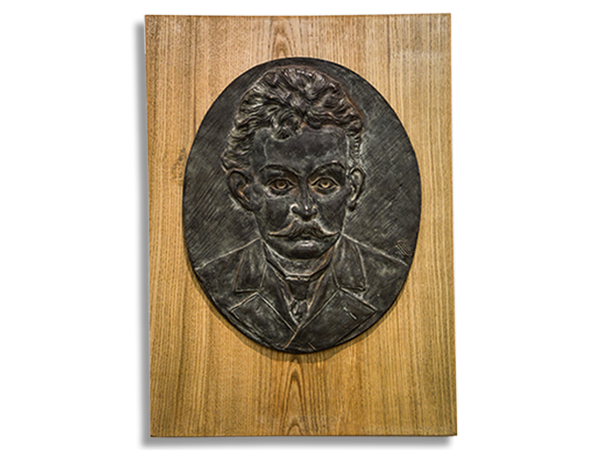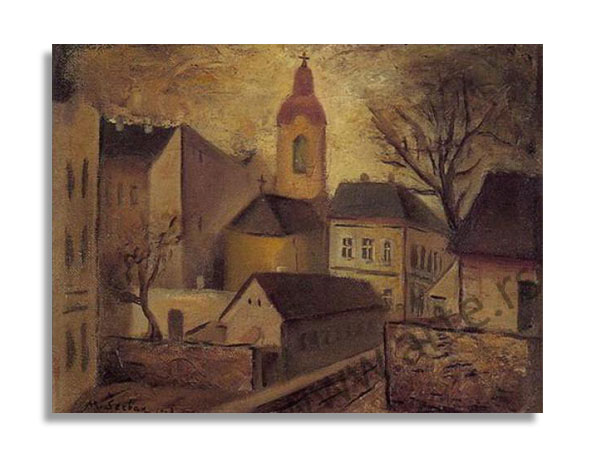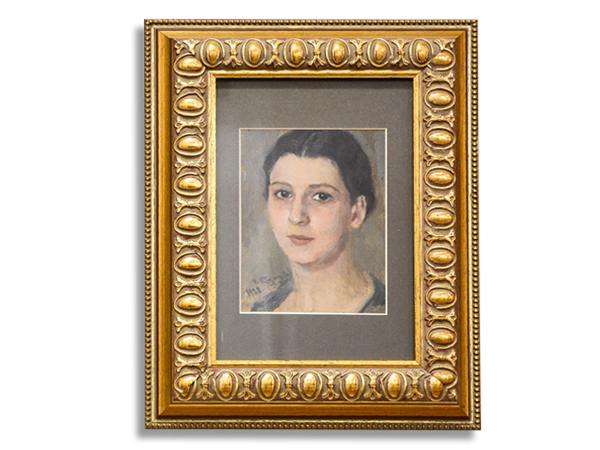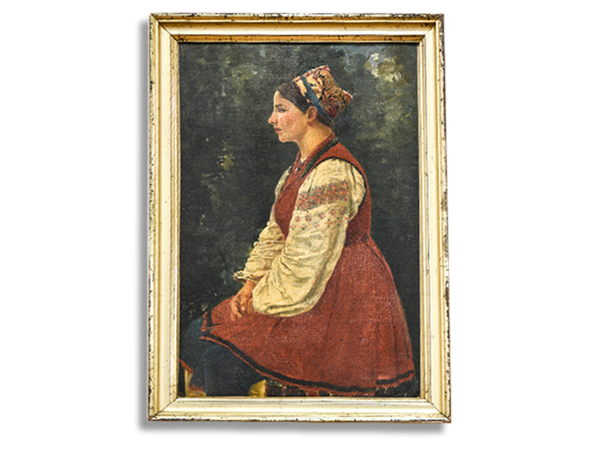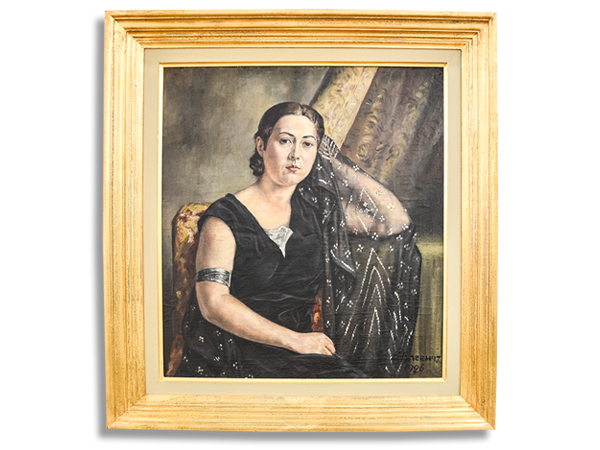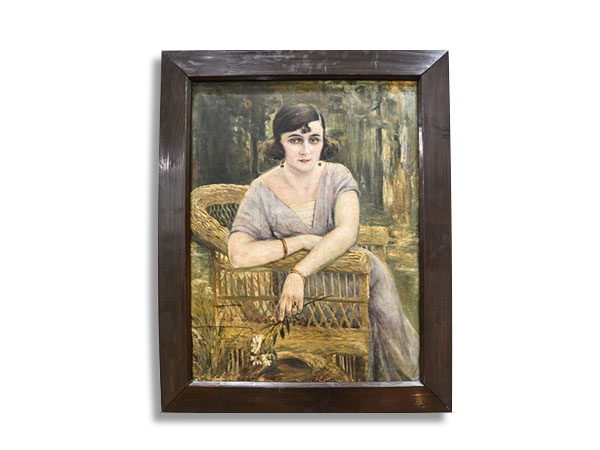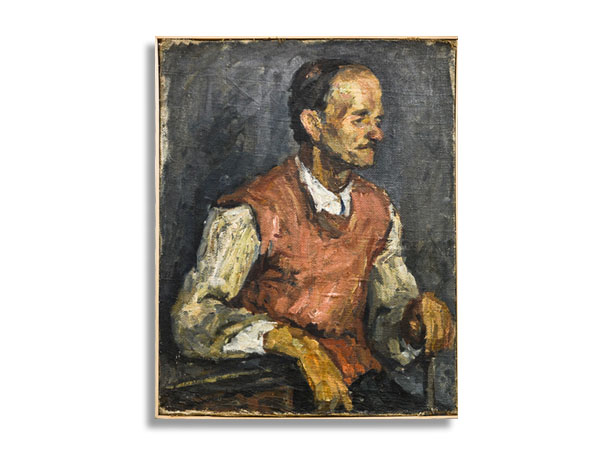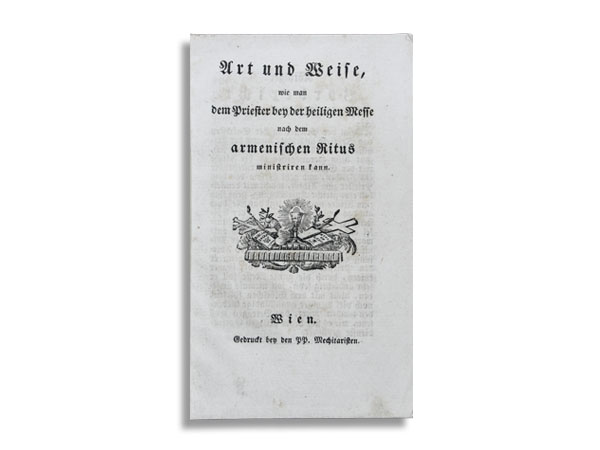Title:
Armenian Church with its surroundings
English
Author:
Description:
In the writings of Djordje Tabaković, the most important fine arts chronologist of the city during the mid-20th century, the Armenian Church has also found its place. On his iconic cityscapes, made with various fine art techniques, the temple was shown four times. From almost the same angle as Šerban two decades earlier, and with architectural precision, Tabakovic 1948 painted the church and parish center and two-storey houses that existed in the former Tsar Lazar Street. Image is part of the exhibition "Armenian Church in Novi Sad - deleted heritage," the authors Ljiljana Lazic, art historians and museum counselor.
Place of origin of the cult. artefact:
Novi Sad
State of origin of the cult. artefact:
Serbia
History:
In October 1963, in Novi Sad, church of St. George the Illuminator was demolished, popularly called the Armenian Church. For more than two centuries, this temple has witnessed the efforts of its believers and priests to build, maintain, restore and preserve it. Unfortunately, in the decades after World War II, it shared the fate of the Armenians vanished in Novi Sad. Demolition of the Armenian church is a an indelible error in the post-war urban planning of Novi Sad. Part of the old center of the city, whose urban matrix that was established in the early 18th century, has been sacrificed to modern architecture and the new junction. In the clash of old and new, the church was described as "worthless architectural work," whose existence is not necessary. Generations citizens of Novi Sad are so deprived of part of the heritage, unique in its cultural, religious and architectural significance. An extensive archival, documentary and photographic material, which reveals all the circumstances that led to the tragic and unnecessary demolition and the life last years of the existence of the Armenian Church and its small community has survived. Part of the precious legacy of the church is now housed in the Museum of the City of Novi Sad and, after half a century, testifies to the former appearance of the Church of Sv. George the Illuminator.
Copyright:
City Museum of Novi Sad
Technique:
Type of cultural artefact:
Formats of digital document:
Images:
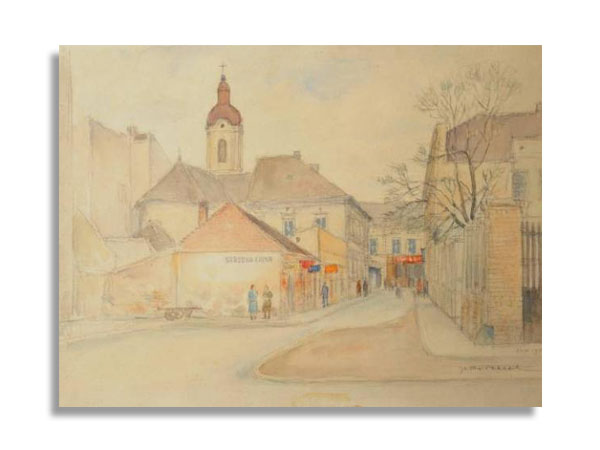
Year of creation:
1948
Name of the original:
Јерменска црква са околином
Municipality:
Novi Sad
Region:
Vojvodina
Country:
Serbia
Institution:
Period:

